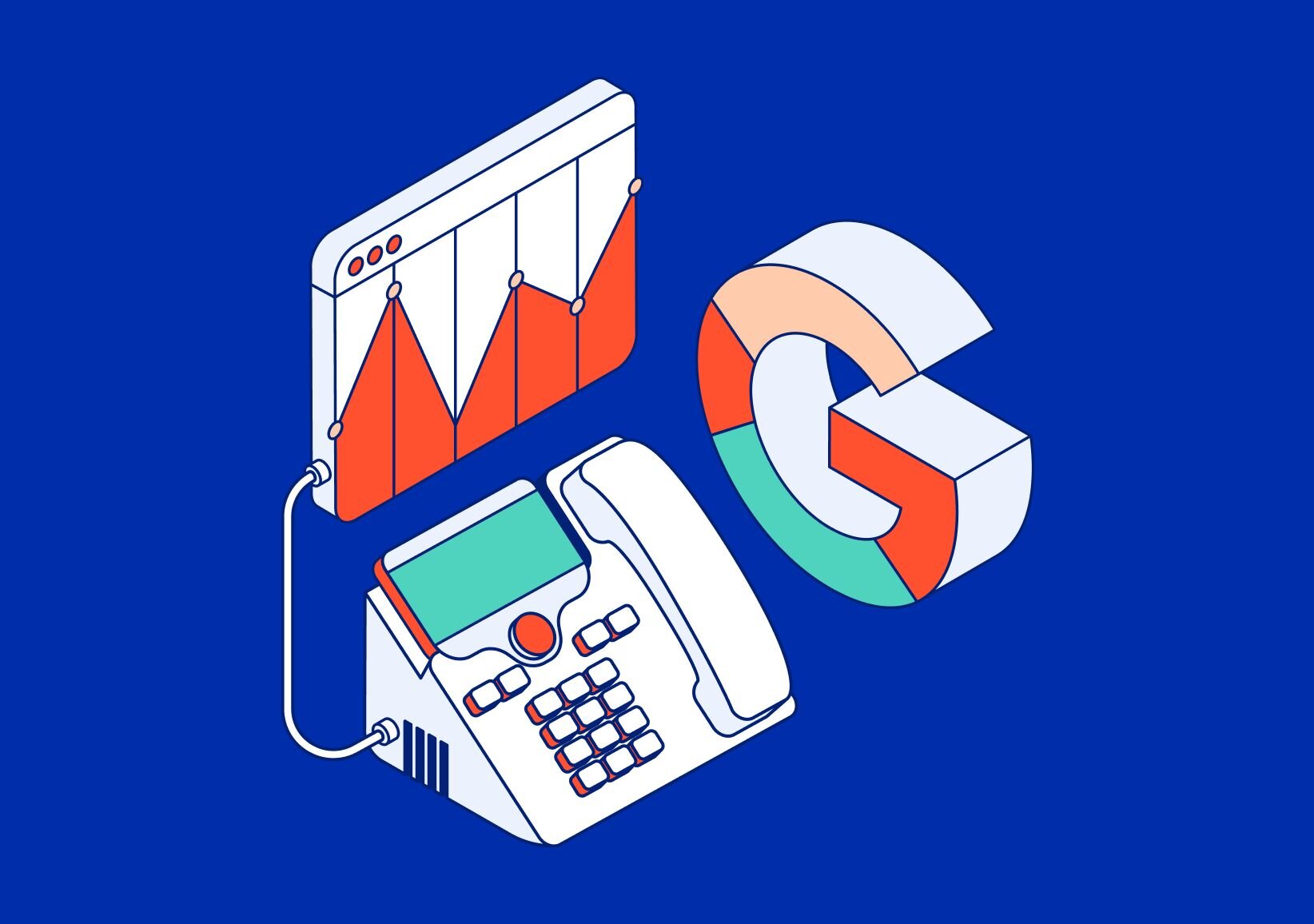In this series, our product owners give you a behind the scenes look at the process behind the product.
As a product owner, what is your role throughout the development of a new feature?
It starts off with a high level concept, possibly from a customer request, like “We should add SMS to the Activity table.” In my role, I take that idea, define the problem, dig through support tickets and find examples of where other customers have asked for something similar, and talk to operations managers. Once I have a good grasp on the problem we need to address, I start working with a designer to define a solution. That starts on sketch paper and a whiteboard before moving to high resolution prototypes. I define the things the feature must do when it is complete and hand it off to the developers to build. I’m on hand to answer questions, remove roadblocks, and make tweaks to the design. After a final review, I work to champion it and make sure everyone has what they need to sell and support it. That means everything from describing it in layman’s terms to training the support team. At the end of the day, I’m working to serve the customer’s needs and to clear a path for our designers and developers to build the best solution possible.
How is the SMS analytics feature tracking text conversations and pulling valuable data?
All of our numbers have the ability to text, but up until now, we hadn’t been associating any data with it. The main thing we wanted to do first was bring some sort of visualization to text communications. Now we have an Activity table where you can get a snapshot of your SMS conversations just like you would calls. We can now qualify an SMS conversation as a data point.
Typically in day-to-day communications over text, you have an endless stream of back and forth chatting with two contacts, whereas a phone call has a distinct beginning and an end. When we talk about call conversations, there are a lot of insights that can be gained from context, duration, and details. How do we transpose that into text messaging? Kara, our UX Lead, came up with SMS conversations. It’s all of the conversation between two contacts within a 24-hour period. For example, on Tuesday, Jason and Kate exchanged 44 messages. That becomes a data point in and of itself. We can show you the total number of text messages that went in and out in a day, but is that really helpful? We believe marketers can get more value out of analyzing trends with a number of conversations to close, calibrating timing between messages, and optimizing the flow of the conversation from beginning to end.
What gap does this feature fill for customers utilizing SMS?
Before this feature was released, most of this data was completely unavailable. The best you could do was pull your last 25 recent text messages in your inbox in Copilot or dig through your archived list of messages and basically, try to read tea leaves. We’re pulling SMS up to the level that calls are already on.
This also brings true conversion tracking from Google’s click-to-text to the forefront. Previously marketers had only impressions and clicks via the Google Ads (formerly AdWords) interface to rely on, with no real idea of which leads actually converted into SMS conversations. Now CallRail users can see those Google Paid click-to-text leads and discover trends in text messaging conversations.
How do SMS analytics help sales and marketing professionals qualify leads?
This feature opens up a medium of communication that from an analytics standpoint has been in the dark ages. What we’re moving toward is being able to apply the same type of analytics we’re using now for calls to SMS. Same concept, just a different medium. Now marketers can view which marketing sources are driving the most inbound SMS leads, and optimize those sources to drive more texts. Our customers are also now able to see not only which customers are texting, but when and how often.
There is a segment of the population whose preferred method of communication is text messaging and we want to help our customers reach those potential customers.
How can someone set up SMS analytics, and what’s the fee?
All you have to do is make sure that SMS is turned on for your local numbers, and navigate to the Text tab on the Activity dashboard and you’re good to go. We’re going to be adding more search, export, reporting options down the line.
What’s the most exciting aspect of this feature?
I’m most excited for this because, in the same way that call tracking filled a gap, revealing what was driving calls and helping generate leads with effective campaigns, we’re starting to do that for text messaging. This is all new stuff for everybody, not just CallRail. I’m excited about getting it in customers’ hands and seeing how they leverage the data, which will drive us forward to improve and make it increasingly valuable.










